by Judy Milne
Although these beautiful instruments are rarely still used on buildings, weathervanes have been around for thousands of years. The earliest one known to our historians was created and used in Greece during the first century, BC. Weathervanes were even used on Viking ships.
On the whole, the curating of antique weathervanes has risen in popularity over the years, especially in the United States. This is mostly due to the intriguing nature of how American weathervanes evolved from their European origins, and how their existence and craftsmanship can now tell the story of our nation from its earliest days.
European weathervanes and American weathervanes are very different from each other, both in their appearance and in their uses. The Europeans traditionally used weathervanes as banners, frequently bearing the crest of the nobleman who owned them. A cast iron French weathervane I once had in my possession, for instance, was in the shape of a flag decorated with the Fleur-de-lis.
American weathervanes, on the other hand, were typically made by folk artists and were considered art pieces instead of banners. They varied from the banners of their European origins and varied in form and material. Instead of bearing family crests, weathervanes in America frequently were used to display the occupation, trade, or simply the passion of the person living in the house on which they were perched.
While on a trip in Maine, I once curated a weathervane in the form of a ship. The ship was once gilded and still bore a good deal of gold exterior, despite it’s age. When viewing such unique artifacts, it is easy to imagine and invent the backstory of person they may have belonged to. For me, the ship conjured imagery of a sea captain’s family going outside during a storm, looking up to their roof and seeing this weathervane turning in the wind, and knowing that the direction it pointed could mean the safety or the peril of their loved one.
Another unique American discovery I made was an antique wooden weathervane in the shape of a fish from the 19th century. Very few wooden weathervanes have survived the test of time for one obvious reason: If you have a wooden weathervane on top of a building and the wind is buffeting it, eventually the instrument will break. Needless to say, they are quite rare, so it was wonderful to have found one.
The other interesting thing about this particular wooden vane, however, was the symbolism characteristically associated with fish. While they were placed on fishermen and captain’s houses, fish weathervanes often had a religious connotation. Loaves and fish, obviously, were linked to Christianity in the old world, and that concept carried over to the New World, as this weathervane demonstrated.
One of the most beautiful and valuable finds I ever made in my search for American weathervanes was a full-bodied cow that was created in 1860 and was once used on a dairy farm in New England. The folk quality was very evident in the color, the verdigris, and the amazing detail of this figure. To find a weathervane in the shape of a full-bodied cow is quite rare, but the craftsmanship that was put into this vane was hardly surprising, given the era this piece was made. The last quarter of the 19th century and the middle of the 19th century, right after the Civil War, was really the heyday of weathervanes in America, and it showed in the work put into that beautiful cow.
As I’m sure you have guessed, I am a profound admirer of the folk quality evident in these instruments. One of the things I have come to love about curating antique weathervanes is discovering that no American weathervane is going to be like another. Each piece is a unique work of art. They all convey different stories, and each story is very much a part of our history.
Though it is true that antique weathervanes cost much more than they used to, I must stress my deeply held opinion that there is more than a monetary value associated with curating weathervanes. Collecting weathervanes, particularly American weathervanes, is wonderful because you may go to any of the fine museums in our country and view great examples of historical weathervanes. I think it’s very exciting to own a link to our country’s history.

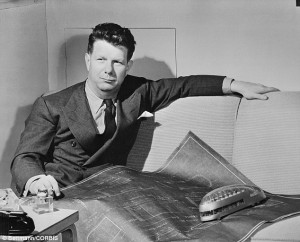 Norman Bel Geddes started his career as a scene designer for the New York Metropolitan Opera. He also designed and directed various Broadway, theatrical works such as Arabesque to The Five O’Clock Girl. As successful as he was as a scene designer, he discovered his true calling in 1927 when he opened up his industrial-design studio.
Norman Bel Geddes started his career as a scene designer for the New York Metropolitan Opera. He also designed and directed various Broadway, theatrical works such as Arabesque to The Five O’Clock Girl. As successful as he was as a scene designer, he discovered his true calling in 1927 when he opened up his industrial-design studio.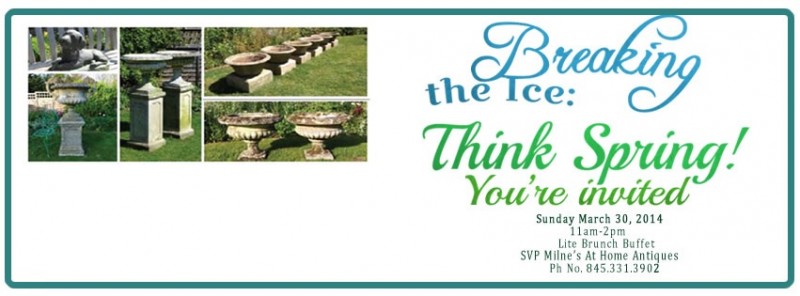
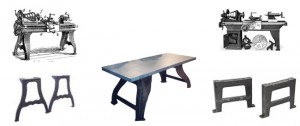 I love industrial furniture. The modernness of it. The way it feels cool to the touch or hot to the hand depending upon where it is placed. I love the fact that it’s so substantial and yet so elegant. Perhaps most of all I love the history behind it. The reason it was made and the uses it was put to intrigues me. Just imaging how it was used and why and by whom is exciting and gratifying.
I love industrial furniture. The modernness of it. The way it feels cool to the touch or hot to the hand depending upon where it is placed. I love the fact that it’s so substantial and yet so elegant. Perhaps most of all I love the history behind it. The reason it was made and the uses it was put to intrigues me. Just imaging how it was used and why and by whom is exciting and gratifying.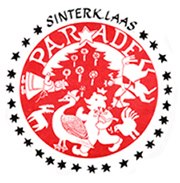 We are so excited for the 6th Annual Sinterklaas Event taking place in the Kingston Rondout on November 30th, starting at 11am. As an antiques store, we love tradition and will be going all out for the Old Dutch Sinterklaas tradition.
We are so excited for the 6th Annual Sinterklaas Event taking place in the Kingston Rondout on November 30th, starting at 11am. As an antiques store, we love tradition and will be going all out for the Old Dutch Sinterklaas tradition. Also on Saturday Nov, 30th is
Also on Saturday Nov, 30th is 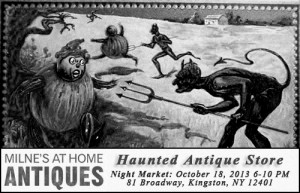
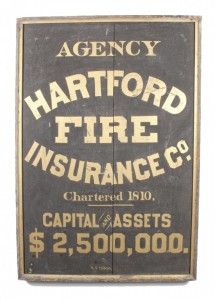
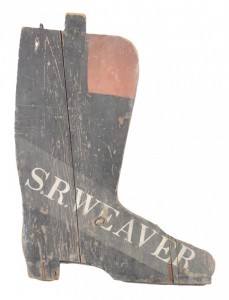
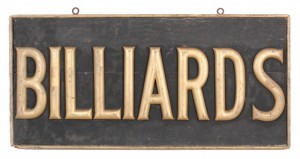

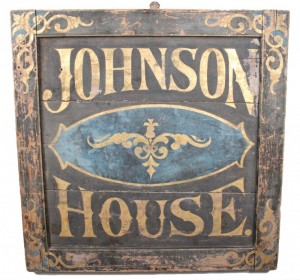
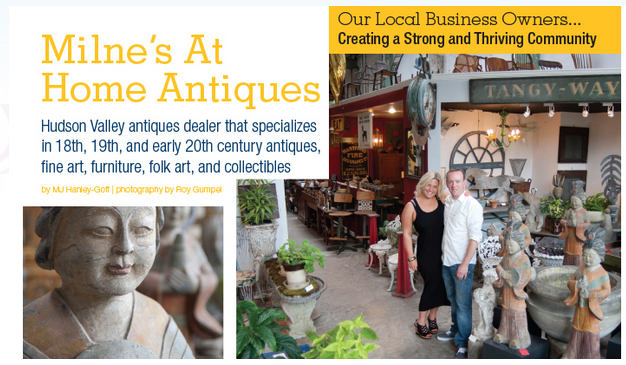
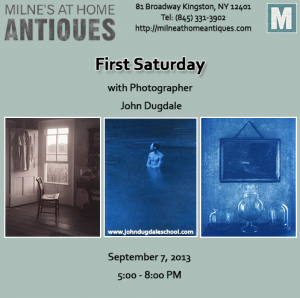 Noted and acclaimed
Noted and acclaimed